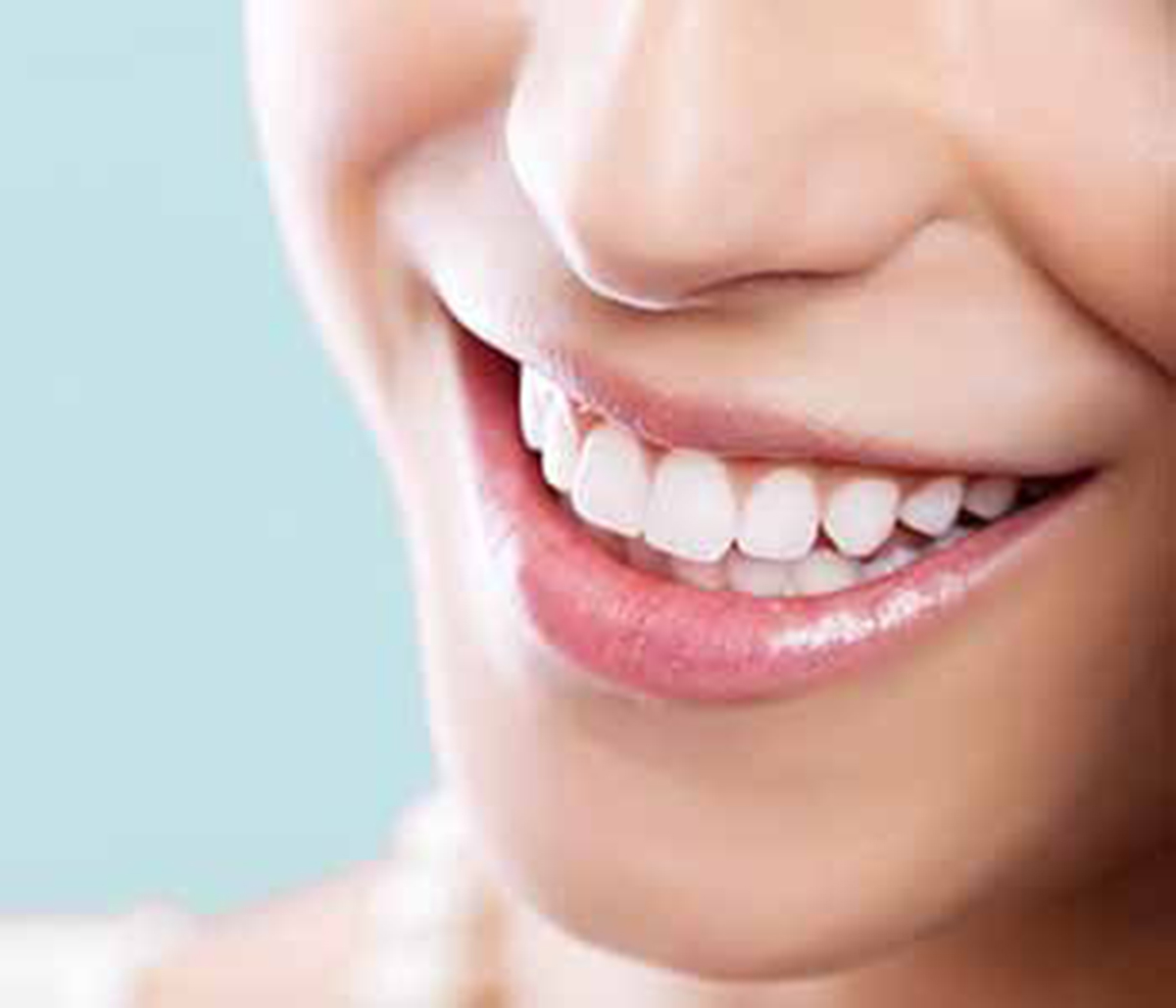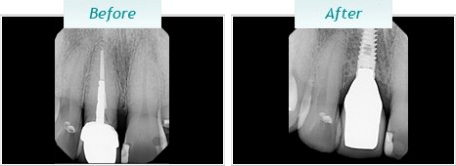Pinhole surgical technique to treat gum recession in San Francisco

Most patients do not notice the initial stages of gum recession. Initially, patients may realize that the teeth are more sensitive or appear longer. The patient will often feel something on the teeth or see a noticeable color change near the gum line.
Patients should not ignore gum recession. If it remains untreated, it can lead to teeth and gum tissue damage which could eventually cause tooth loss. There are several ways to treat gum recession. Two most sought-after treatments are the Pinhole Surgical Technique (PST) and traditional gum grafting.
Gum grafting is the traditional treatment for gum recession. The gum tissue is typically taken from a site in the mouth and placed over the location of gum recession in a gum graft procedure. This warrants recovery of two areas of the mouth and usually only one or two teeth receive treatment at a time.
Experienced dentists utilize an alternative to traditional gum grafting known as Pinhole Surgical Technique to treat receding gums. This technique does not involve scalpel incisions or sutures as gum grafting does. Rather, the dentist uses a needle to create a tiny hole in the gums. They then use patented medical instruments to loosen the gum tissue and move it back into the proper place.
This procedure involves less swelling, pain, and blood loss for the patient. Patients should choose a good Pinhole Surgical Technique provider in San Francisco for safe and predictable results.
What is the Pinhole Surgical Technique?
The Pinhole Surgical Technique (PST) is a minimally invasive procedure that reverses gingival recession without the need for sutures or grafting. PST, also known as Lunchtime Gum Lift or Pinhole Gum Rejuvenation, is an innovative treatment that is a combination of techniques from traditional periodontal surgery such as guided tissue regeneration and coronally positioned flaps (of gum) to reverse gum recession. A CPF (coronally positioned flap) is a procedure that involves making an incision, loosening a flap of gum tissue, pulling the flap coronally (over the teeth), and finally suturing it in place. These techniques are frequently used in combination with grafting.
PST Procedure
Similar to CPF, PST enables repositioning of the gum to cover the area of gum recession. However, it does not involve the use of sutures or scalpels. Rather, a small pinhole is made by piercing the gum below the site of the gum recession. After that, special instruments are inserted through the hole to loosen a “flap” of gum Once the flap of gum tissue is loosened it can conveniently be pulled and re-positioned over the exposed roots of the teeth It remains in this new position during the recovery period via collagen strips. This eliminates the need for sutures. In PST, the collagen membrane is cut into tiny strips and inserted through the pinhole that was used to loosen the flap of gum tissue Then the strips are pushed beneath the gums into the spaces between and on the sides of the teeth. This procedure covers the surfaces of the roots that were previously exposed. The strips support the tissue at the new position as well as assist in stabilizing the wound during the recovery process to make sure that the roots are covered.
PST is an advanced procedure, and should only be performed by a qualified dentist at in San Francisco for safe outcomes.
Ideal Candidates

The patient must not have any swelling or active periodontal disease at the time of this procedure. Patients should follow aftercare guidelines, and refrain from activities that could have led to the gum recession, such as brushing aggressively. It is advisable to use an appliance for protection against bruxism-created trauma when recommended.
Benefits
A significant benefit of PST in comparison to traditional gum grafting, also known as connective tissue grafting, is the capability to treat many more teeth in a single sitting as per the patient’s desires. There are some limitations in the size of the area that can be addressed in a single sitting when the patient’s own tissue from their palate is used It is common to take more than one year to treat the whole mouth, and needs numerous rounds of palatal grafting.







